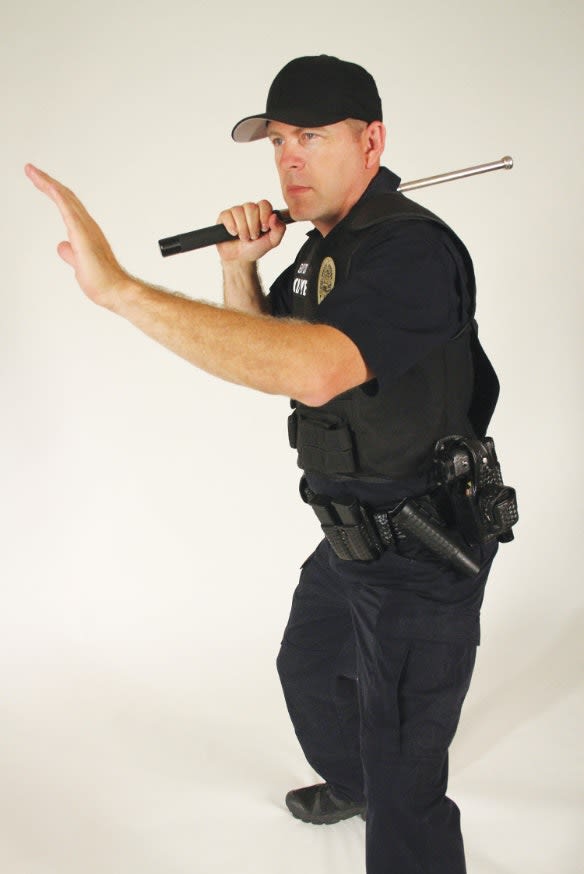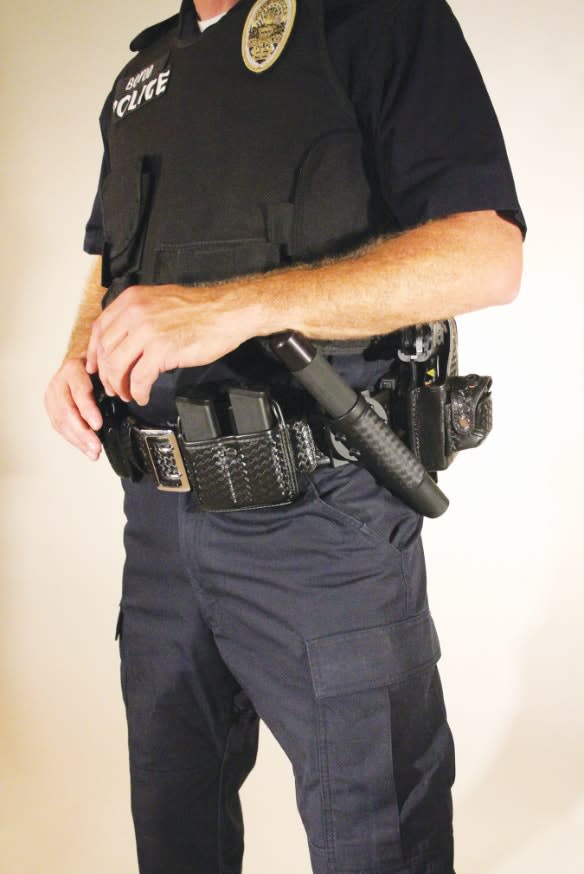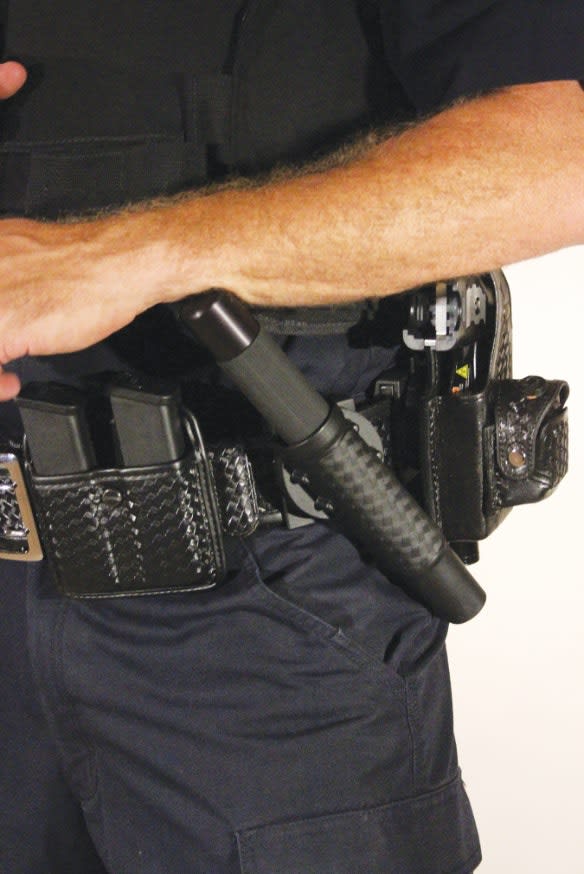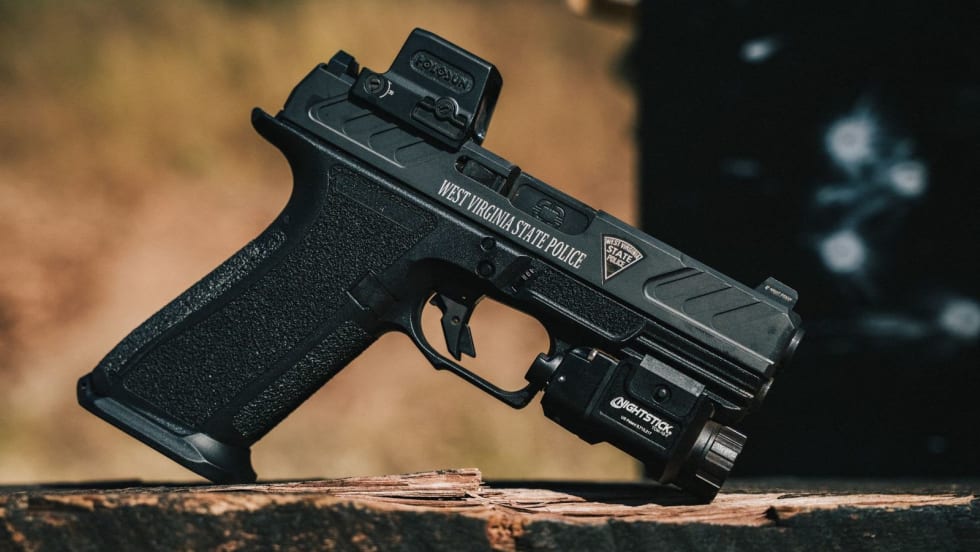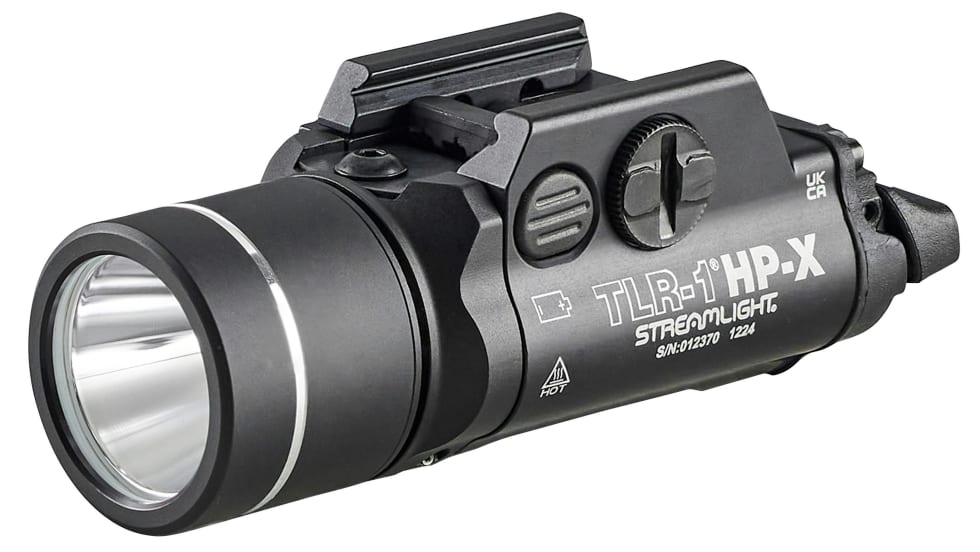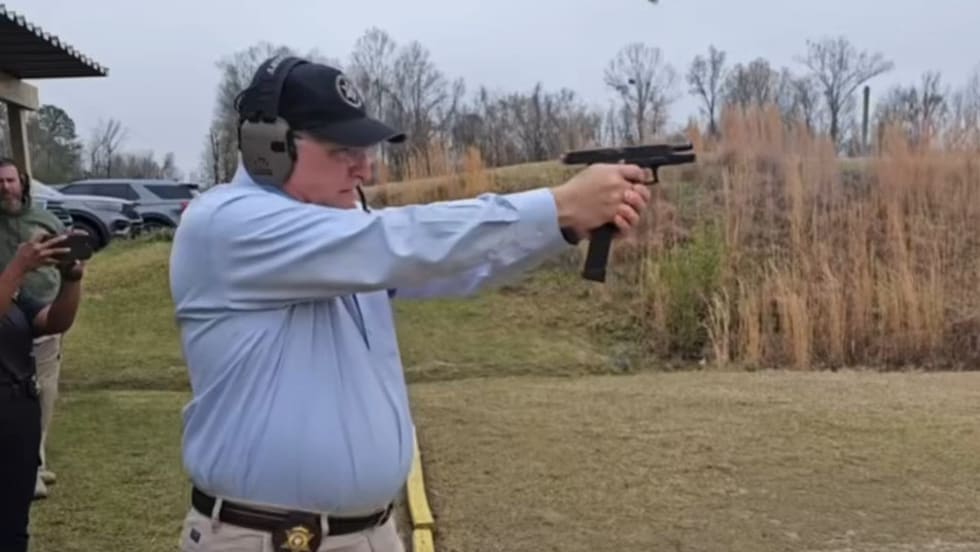Pain Compliance
No less-lethal or control weapon is faster to access, deploy, and effectively engage a threatening and/or assaultive subject at extremely close range than the baton. Whether the impact weapon of choice is a straight stick, or an expandable baton; in the skilled hands of a competent, trained officer, the baton should be every officer's first "go-to" defensive weapon against an unarmed subject at distances closer than 10 feet.
There are two essential profiles for the classic unarmed resistant subject who overtly threatens to harm or assault an officer. Subjects who are mentally unbalanced, psychotic, and/or under the influence of powerful stimulants are pain resistant. Other subjects who are intoxicated, non-compliant, and threatening to harm officers do feel pain, so the infliction of pain as a "behavior modifier" is effective.
Where ECWs such as TASERs can be effective against pain-resistant and psychotic subjects, historically they are only 60% effective. Heavy or loose-fitting clothing, the distance between the officer and the subject, and operator error all negatively impact the effectiveness of ECWs. So when in close contact with a threatening subject, the ECW is far from your defensive weapon of choice, even if drive-stuns are an option.
Chemical sprays such as OC, Mace, and OC/CS/CN combinations can be nearly useless at close ranges unless the officer is using a conical spray pattern. And aerosol sprays are negatively affected by such common environmental conditions as wind, rain, sleet, and snow. In order to be effective, inflammatory agents such as OC must be directed at the head/face to affect vision and respiration. Pain tolerant subjects are unaffected by chemical agents. In fact, they tend to get more angry and agitated when sprayed. Officers deploying chemical sprays also need to be concerned about cross- and self-contamination, as well as subject aftercare.


